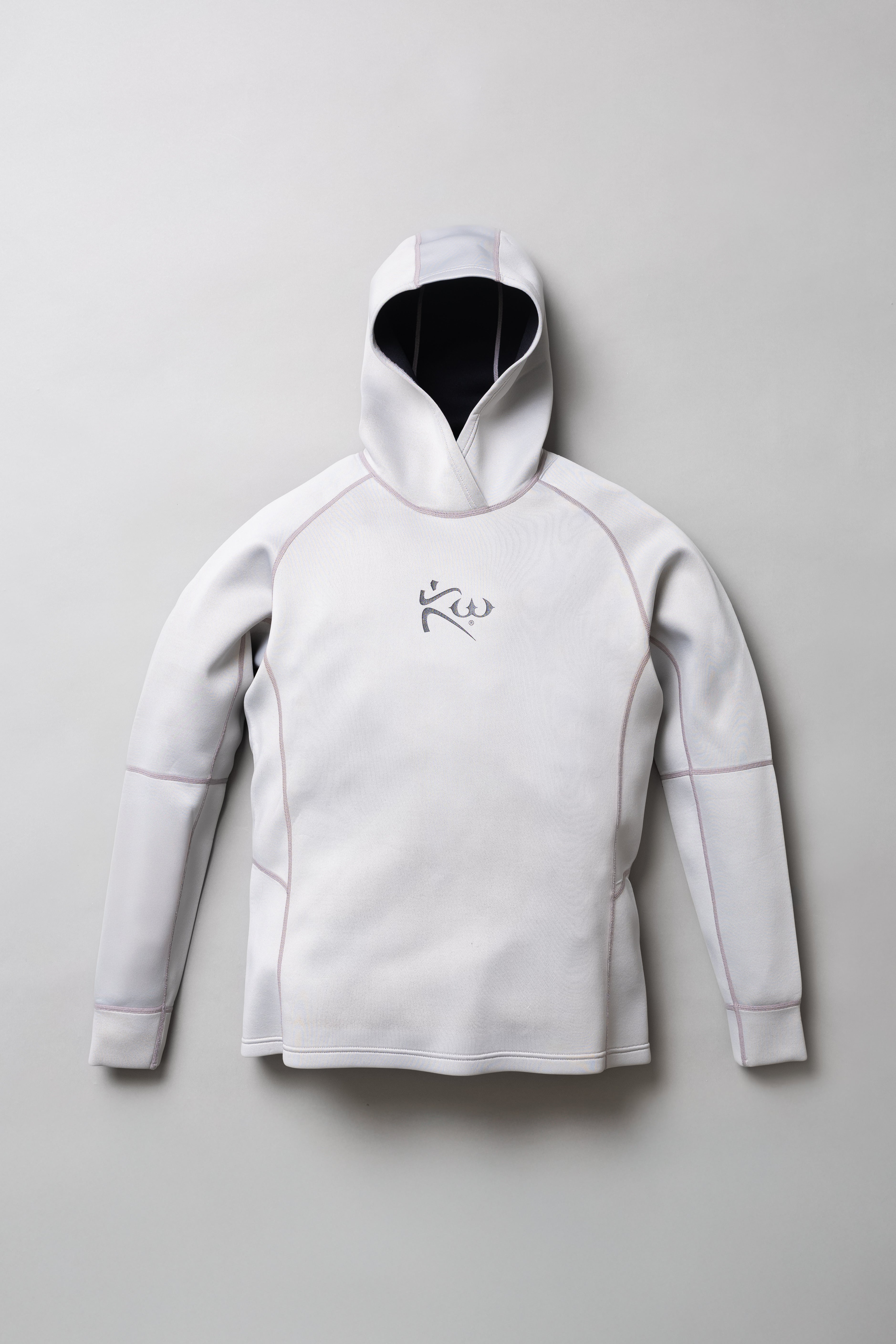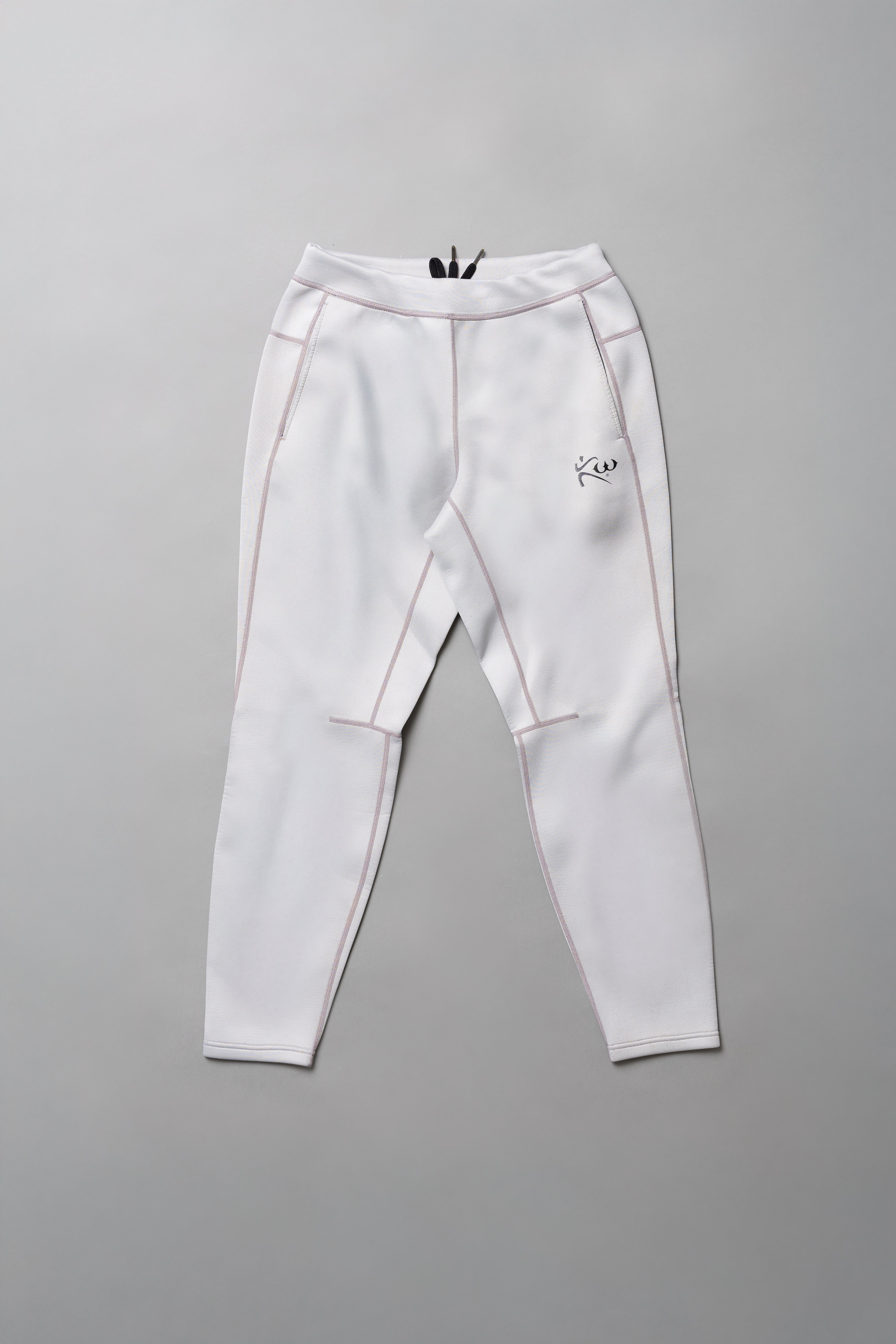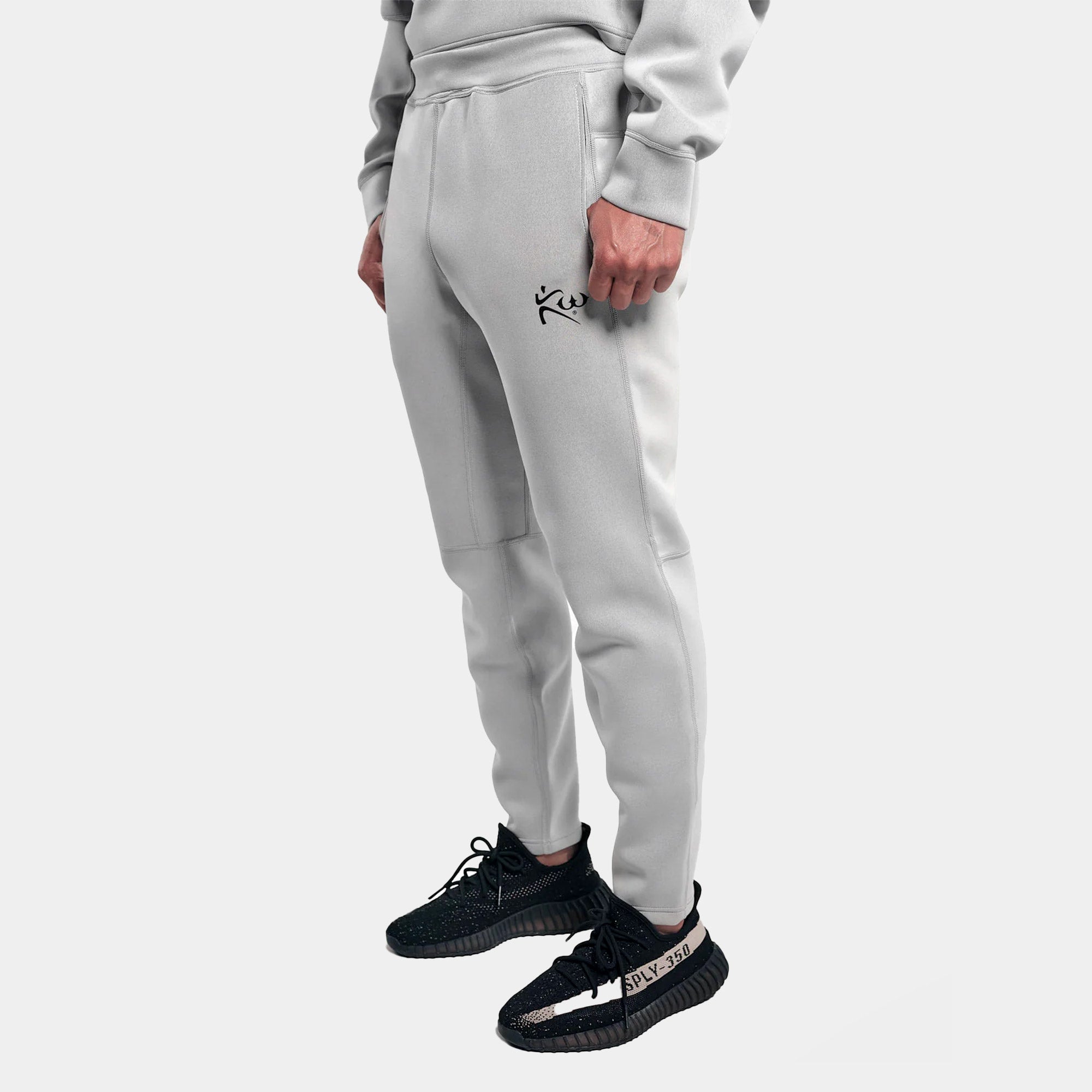Sauna Suits: Why the Pros Outweigh the Cons
Sauna Suits: Why the Pros Outweigh the Cons

By David Sautter, NASM CPT
Traditionally made with rubber and appropriately referred to as a sweat suit, the sauna suit is a fitness accessory that is designed to produce the same effect of a traditional sauna. By trapping your body heat within the suit, sweat production dramatically increases. For some, this reduction in water weight is needed for athletic purposes, hence why the sauna suit is very popular among fitness enthusiasts. As it has made its way into mainstream commercial use, the sauna suit has come under fire with accusations of potential dangers and short-lived benefits. Mislabeling and abuse of the sauna suit has been primarily responsible for its mixed reputation.
Despite the bad publicity, research is revealing the possible benefits attributed to the use of heat therapy to improve more than just your athletic performance but also your overall health and wellbeing. Let’s review the amazing benefits you can enjoy when using the suit responsibly.
POSITIVE RESULTS WITH THE SAUNA SUIT
Although the sauna suit presents an opportunity for numerous side effects to occur, responsible use can ensure that you avoid overheating, dehydration, and heat stroke. There are far too many benefits that come as a result of proper suit-based heat therapy that far outweigh the potential risks. Unlock all of these benefits with the signature sauna suit from Kutting Weight.
1. Adapt Faster and Improve Your Performance
Heat stress has been shown to dramatically increase the blood flow to your muscles. Why is this important? Nutrients are carried in the blood to the muscles. As your body rapidly consumes ingested nutrition during exercise, it will eventually turn to stored glycogen for energy. Once these are depleted, you hit the infamous “wall.” Using a Kutting Weight sauna suit can allow you to train your body to be more efficient with its nutrient utilization. The increased blood flow to the muscles will ensure that you are fueled with much needed glucose, fatty acids, and oxygen. With the increase in available nutrients being delivered more efficiently to your muscles, your body will reduce its addiction to stored glycogen, allowing you to train harder for an extended period of time without the worry of a crash. (“Muscle metabolism during exercise in the heat in unacclimatized and acclimatized humans.” 1985. Para. 1)
2. Huge Boost in Muscular Hypertrophy
In order to secure a high level of muscular hypertrophy, you need to ensure a positive outcome of protein synthesis. While exercise can provide hypertrophy, it also causes the breakdown of proteins that you need. The two crucial elements that ensure a positive protein synthesis outcome are heat stress proteins and human growth hormone. The presence of heat stress proteins in the blood dramatically increases when the whole body is exposed to high temperatures for a prescribed period of time. This type of whole body increase in heat can be achieved by utilizing a Kutting Weight sauna suit. These heat stress proteins protect the proteins you need for synthesis and hypertrophy by eliminating harmful waste products and rebuilding damaged cells. (“Heat Stress and Cardiovascular, Hormonal, and Heat Shock Proteins in Humans” 2012. Para. 12.)
Released from the pituitary gland, Human Growth Hormone hosts a number of benefits including increasing lean muscle mass. Studies have shown that exposure to heat therapy, like you’ll find in a Kutting Weight sauna suit, helps to increase levels of human growth hormone within the body. Dependent upon duration, temperature, and frequency, heat stress can increase HGH levels up to 16 times your normal levels! (Benefits and risks of sauna bathing.” 2001. Para. 1)
3. Improves Your Cognitive Ability
Heat therapy does more than prepare you for a rough workout, it also trains your brain. Whole body high temperatures, such as you’ll experience when using a Kutting Weight sauna suit, have been shown to release high levels of two critical compounds known as norepinephrine and prolactin. Norepinephrine is directly related to improving your focus and as levels of it increase, you’ll find your attention span increase accordingly. Prolactin is responsible for supporting myelin growth. Myelin is essentially the electrical insulation of an axon in the body. It is absolutely essential for proper functioning of the nervous system. Think about an exposed wire of a DVD player or radio. Even if you cover it up with electrical tape, it still may not function as it should. Myelin acts in the same manner. A proper coating of myelin ensures that your cognitive processes will dramatically improve and any nerve damage is efficiently repaired. (“Are Saunas the Next Big Performance-Enhancing ‘Drug’?” N.D. Para. 16)
4. Boosts Your Immunity
Heat stress has been shown to support a boost in immunity within the body. Heat stress proteins, as mentioned above, play a vital role in the protection, repair, and maintenance of cells. These stress proteins are thought to enhance the immune system by responding to weak or infected cells. The more heat stress proteins that are in your system, the healthier your cells. What is one of the best ways to ensure the release of these proteins? “Although various stressors can trigger upregulation of [stress proteins], thermal stress appears to be one of the most effective stressors to increase the intracellular and extra-cellular concentrations.” (“Heat Stress and Cardiovascular, Hormonal, and Heat Shock Proteins in Humans” 2012. Para. 12.) Thermal stress, as you will get by properly utilizing a Kutting Weight sauna suit will trigger the release of cell-repairing proteins.
POTENTIAL NEGATIVE IMPACTS IF USED INCORRECTLY
Much has changed since the original concepts of the sauna suit were produced. Even though the suit has been redesigned to feature safer materials such as neoprene, that hasn’t stopped consumers from misusing the suit, resulting in costly side effects. Like any good thing, too much can be problematic. While the following dangers do exist from sauna suit usage, each one can easily be avoided if basic instructions are followed and you listen to what your body is telling you.
1. Overheating
Considered the first stage of side effects with any sauna suit, overheating is a very common result when you stay in the suit for too long. Just like in a traditional sauna, body heat has a very limited means of escape within the suit. There is no cool breeze playing off your sweat to lower your body temperature. With this in mind, it is extremely important to listen to your body. Otherwise, you may overheat, which may lead to fainting, unconsciousness, weakness, and fatigue. If you have never been in a sauna suit before, limit your time to 5 to 20 minutes. It may also be recommended to use a sauna suit every other day or every three days until you adjust and build up a tolerance. (“Understanding Heat-Related Illness – Symptoms” 2014. Para. 1-3)
2. Dehydration
Since excessive sweating is a part of the sauna suit experience, this can quickly lead to dehydration. Dehydration is not something you want to ignore as it can lead to weakness, headaches, fainting, muscle contractions, and disorientation. Again, it is crucial to listen to your body. If you begin feeling an extreme thirst, lightheadedness, or disorientation, immediately stop using the suit. It’s also important to prepare before using the suit. Be sure to get in your daily intake of water. The standard is still eight glasses of eight ounces. (“Dehydration in Adults” 2013. Pages 1-4.)
3. Kidney Damage
Overheating may lead to dehydration and when you’ve reached that point, your body loses more than water. Electrolytes are positively and negatively charged ions that play a crucial role in the body for nerve and muscle function. Examples of electrolytes include sodium, magnesium, calcium, and potassium. As you sweat, your body loses a combination of water and electrolytes. As your supply of electrolytes dwindles, you may experience a variety of side effects such as light-headedness, disorientation, muscle twitches, and irregular heartbeat. The absolute worst case scenario is kidney damage but this is very rare.
Before using the suit, it’s important to make sure your electrolyte supply is properly stocked. Make a sports drink a part of your daily water intake. If you are trying to avoid the sugar that typically comes in those types of drinks, opt for an electrolyte tablet available in a number of flavors without the sugar. Most importantly, listen to your body. (“5 Hydration Dos and Don’ts” 2004. Pages 1-3.)
CONCLUSION
Pride, ego, and the idea of more is better should not factor into your experience with the sauna suit. Making it a part of your daily fitness regiment or overall wellbeing practice is recommended so long as you take the necessary precautions. Drink the daily recommended servings of water and be sure to include a great source of electrolytes such as a sports drink or electrolyte tablet. Above all, the most important way to avoid misuse of the sauna suit is to listen to what your body is telling you. If you begin to feel lightheaded, confused, or extremely thirsty, these are tell-tale signs that you body has had enough. When utilized responsibly, the Kutting Weight sauna suit is capable of providing you with a number of fantastic benefits that will improve your athletic performance, cardiovascular health, and overall wellbeing.
REFERENCES
1. “Dehydration in Adults” 2013. http://www.webmd.com/a-to-z-guides/dehydration-adults?page=4. Web.
2. Crinnion, WJ. “Sauna as a valuable clinical tool for cardiovascular, autoimmune, toxicant- induced and other chronic health problems.” 2011. http://www.ncbi.nlm.nih.gov. Web.
3. Davis, Jeanie Lerche. “5 Hydration Dos and Don’ts” 2004. http://www.webmd.com/diet/features/5-hydration-dos-and-donts. Web.
4. Hannuksela, ML. “Benefits and risks of sauna bathing.” 2001. http://www.ncbi.nlm.nih.gov/pubmed/11165553. Web.
5. King, DS. “Muscle metabolism during exercise in the heat in unacclimatized and acclimatized humans.” 1985. http://www.ncbi.nlm.nih.gov/pubmed/4066564. Web.
6. Masaki, Iguchi, PhD. “Heat Stress and Cardiovascular, Hormonal, and Heat Shock Proteins in Humans” 2012. http://www.ncbi.nlm.nih.gov/pmc/articles/PMC3418130/?submissionGuid=d94ddd18-b440-4da0-8112-a16c751f4799#!po=7.14286. Web.
7. Patrick, Dr. Rhonda. “Are Saunas the Next Big Performance-Enhancing ‘Drug’?” N.D. http://fourhourworkweek.com/2014/04/10/saunas-hyperthermic-conditioning-2. Web.
- Tags: clothing
0 comments









